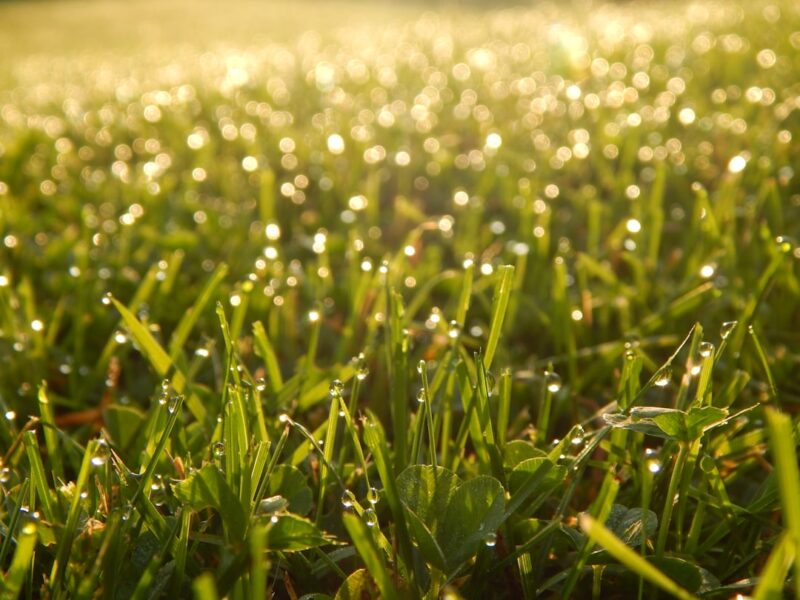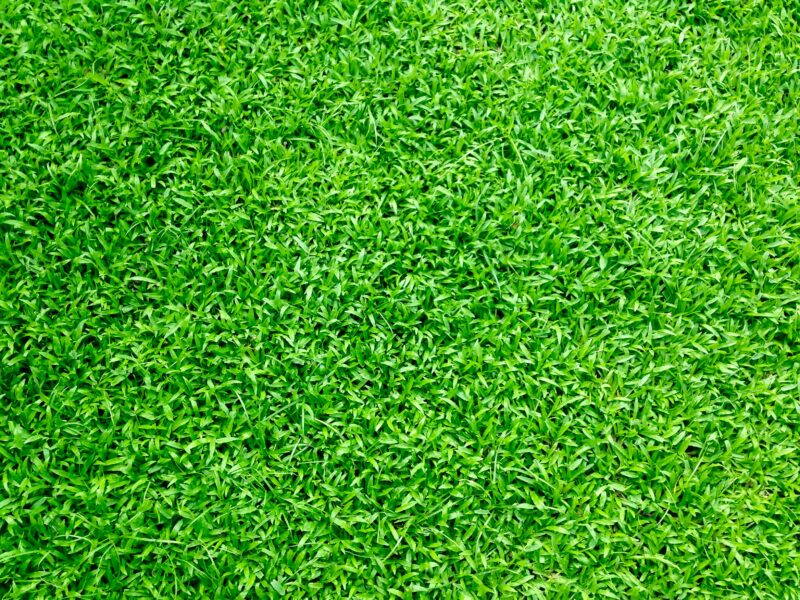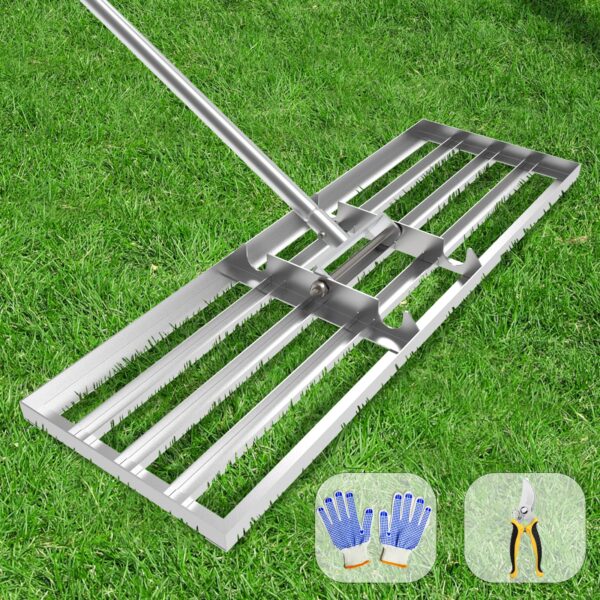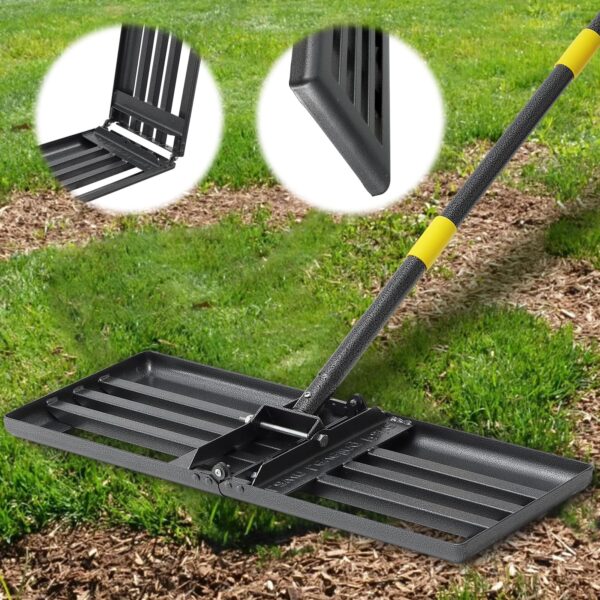Leveling a bumpy lawn isn't just about aesthetics—it can improve drainage and make mowing easier. But choosing the right type of sand to get the job done is key to a healthy and even lawn.

Using sand to level a lawn can work wonders for your yard. It helps eliminate low spots where water tends to pool and gives your lawn a smoother, more manageable surface. Plus, sand is affordable, readily available, and easy to spread, making it a practical choice for lawn care enthusiasts.
On its own, sand isn’t always enough for the task, especially if your lawn sits on heavy clay soil. Mixing sand with topsoil creates a blend that enhances drainage while reducing the risk of soil compaction. A popular mix for leveling includes 40% sand, 40% topsoil, and 20% compost. This combination also gives your grass the nutrients it needs to thrive.
Not all sand is created equal. Play sand, often used in topdressing, is the preferred type due to its fine texture and clean composition. Coarse sands, like construction or mason sand, can be too gritty and may prevent grass roots from properly spreading. Always aim for washed sand with minimal silt content for the best results. If you’re unsure about the types of sand available, this overview of sand varieties provides deeper insight.
Whether you need minor adjustments or more significant repairs dictates your approach. For smaller issues, topdressing your lawn with a light layer of the sand-soil-compost mix works wonders. However, deeper depressions (greater than 1-2 inches) will require filling the area with a thicker soil mix and reseeding the patch to encourage grass growth.

Picking the right approach depends on the severity of the issue you're tackling. Here's a quick look at common techniques:
| Technique | Best For | How It's Done |
|---|---|---|
| Topdressing | Minor bumps | Spread a thin layer (1/2 inch max) of leveling mix and sweep it in. |
| Sweeping Under the Carpet | Small depressions | Lift turf, add soil underneath, and lay it back down. |
| Filling Deep Areas | Large holes | Fill with soil, compact lightly, and reseed the area. |
The timing of your lawn-leveling efforts can be the difference between success and frustration. Spring is the ideal season, giving grass enough time to recover and regrow before the hot summer months. Once you've leveled the area, water it thoroughly to settle the mix into the soil, and apply fertilizer to support lush, healthy grass. Watch for any leftover bumps or dips, and address them as needed.
What’s your go-to method for leveling your lawn? Share your thoughts or ask questions in the comments below!

Achieve the perfect lawn with our Lawn Leveling Rake Set. This durable rake is ideal for leveling soil and removing debris, ensuring a smooth and even lawn surface. The set includes protective gloves and precision pruning shears, making it a comprehensive solution for all your gardening needs. Easy to use and designed for both professionals and DIY enthusiasts, it's the ultimate tool for maintaining a pristine outdoor space.

Achieve a perfectly even lawn with our Lawn Leveling Rake. Designed for efficiency, this rake features a sturdy, adjustable handle that ensures ergonomic use. Its wide, flat head is ideal for leveling soil, sand, and dirt, making it perfect for any gardening enthusiast. The durable materials guarantee long-lasting performance, while the sleek design allows for easy storage. Transform your outdoor space with this essential garden tool.
For lawn leveling, it's recommended to use coarse builder's sand rather than fine sand. This is because fine sand can compact and hinder drainage, while coarse sand enhances aeration and drainage. Using coarse sand in conjunction with loamy or clay soil can provide the best results.
Fine masonry sand has smaller particles that can easily fill dips, making it suitable for minor leveling. USGA sand, however, combines various shapes and sizes of grains, preventing compaction and thus, is better for larger leveling tasks and maintaining lawn health.
Yes, using the wrong sand can cause problems such as poor drainage or compaction, affecting grass health. Coarse sand or USGA sand combinations are recommended to avoid issues with water retention and soil structure.
Common issues include using too much sand, leading to a sand-heavy surface that compacts easily, or choosing the wrong type, like fine sand, which traps water. Ensure proper sand distribution and blend with topsoil to maintain balanced moisture and drainage.
Begin by mowing your lawn and removing debris. Spread a thin layer of coarse sand mixed with topsoil, filling in low patches. Water the area lightly to settle the mix. Repeat as needed while avoiding over-application to prevent sand buildup and compaction.
As you embark on this journey to perfect your lawn with the right type of sand, remember that you're not alone. We're here to offer more tips and inspiration! If you found this guide helpful, don't hesitate to follow us for more on Pinterest where we share gorgeous lawn transformations, or see behind-the-scenes snapshots on our Instagram. If quick updates and insights are what you're after, join us on X (formerly known as Twitter). And for a community of like-minded enthusiasts, our Facebook page is the place for you. Let's connect and keep your garden dreams alive together!

Immerse yourself in architecture’s most boundary-pushing ideas—where innovative home improvements meet visionary urban developments. Discover new building techniques, materials, and creative concepts that are redefining how we shape our spaces on a global scale.